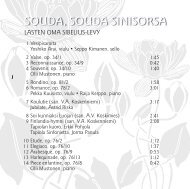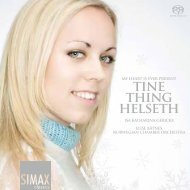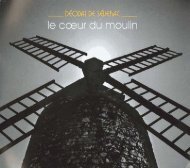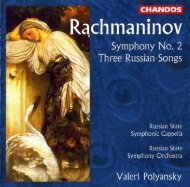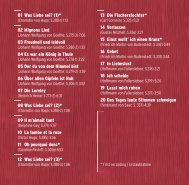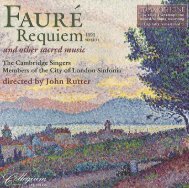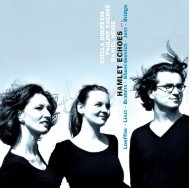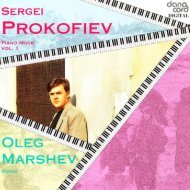Create successful ePaper yourself
Turn your PDF publications into a flip-book with our unique Google optimized e-Paper software.
It has taken nearly a century since Pauline Viardot’s death for performers<br />
and listeners to take an interest in her music. From her adolescence she had<br />
composed songs and piano pieces. Some of these were published long after<br />
they were composed, and there is speculation about the dates of many of them.<br />
Although Viardot did not consider herself to be a composer, or so it is said, she<br />
achieved more than most women of her time working in this pre-eminently<br />
male sphere. She grew up in Paris when the vogue for romances and<br />
chansonnettes dominated the vocal-music publishing business. Through her<br />
acquaintance with Schumann, and later Gounod, Berlioz, Tchaikovsky and<br />
Fauré, she saw the whole notion of song transformed into a separate art. Her<br />
choice of poets reflects the trajectory of her life, including Mörike, Lermontov<br />
and Turgenev. As a child she had met Lorenzo Da Ponte, Mozart’s librettist;<br />
she lived long enough to know the music of Debussy and Richard Strauss.<br />
Pauline Viardot’s life in many ways sums up the whole history of music in the<br />
19th century.<br />
–19–<br />
© Patrick O’Connor, 2007




